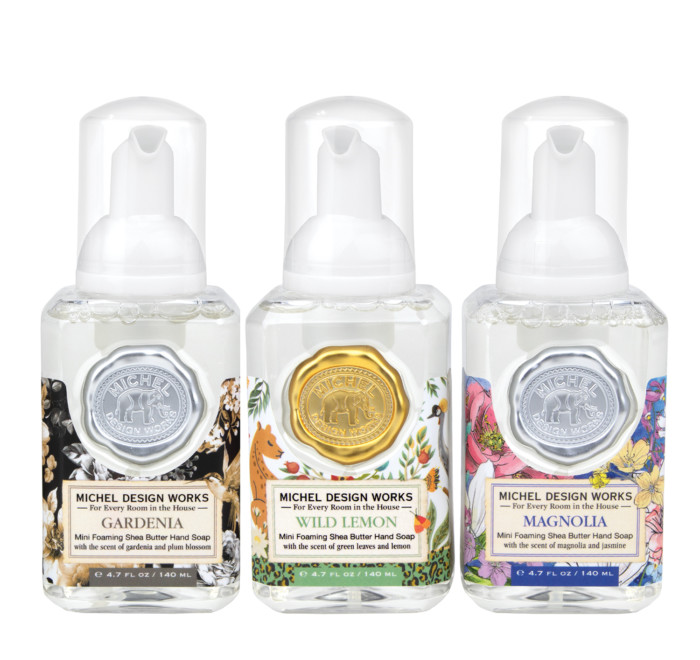Have you ever wondered what "cruising" means in the gay community? It's a term that is often used but may not be fully understood by everyone. In this article, we will delve into the meaning of cruising in the gay community, its history, and its significance in modern society.
For many gay men, cruising is a way to connect with others in a discreet and anonymous manner. It can be a way to explore one's sexuality, find potential partners, or simply enjoy some casual encounters. However, this aspect of the gay community also comes with its own set of challenges and risks.
Cruising in the gay community refers to the act of seeking out sexual encounters in public spaces, such as parks, restrooms, or cruising spots. It is often done by men who identify as gay, bisexual, or curious. The act of cruising can be seen as a form of expression and liberation for some individuals, allowing them to explore their desires and connect with like-minded individuals.
In summary, cruising in the gay community is a practice that involves seeking out sexual encounters in public spaces. It is a way for individuals to explore their sexuality and connect with others. While it can be a liberating experience, it also comes with its own set of challenges and risks.
Personal Experience with Cruising
I remember my first experience with cruising vividly. It was a warm summer evening, and I decided to visit a popular cruising spot in the city. As I entered the park, I felt a mix of excitement and nervousness. The park was dimly lit, and I could see men scattered around, exchanging glances and engaging in discreet conversations.
I slowly walked around, trying to blend in and understand the unspoken language of cruising. It was a surreal experience, knowing that everyone around me shared a common desire and understanding. I eventually found myself in a secluded area, where I connected with another man. We engaged in a brief encounter, and although it was exciting in the moment, I also felt a sense of emptiness afterwards.
This personal experience made me realize that cruising is not just about the physical act, but also about the emotional and psychological aspects. It can be a way for individuals to seek validation, fulfill fantasies, or escape from the pressures of everyday life. However, it is important to approach cruising with caution and prioritize personal safety.
Exploring the Meaning of Cruising
Cruising in the gay community has a long history, dating back to a time when homosexuality was heavily stigmatized and criminalized. In the past, gay men had to resort to discreet methods of meeting others, often in public spaces. These spaces, known as cruising spots, became gathering grounds for like-minded individuals seeking connection and intimacy.
Today, cruising has evolved alongside advancements in technology and changing societal attitudes towards homosexuality. While it may still take place in physical spaces, the internet and dating apps have also become popular avenues for cruising. These platforms provide a safer and more convenient way for individuals to connect and explore their desires.
However, cruising also comes with its own set of challenges and risks. The act of seeking out sexual encounters in public spaces can expose individuals to the possibility of harassment, violence, or arrest. It is important for individuals to be aware of their surroundings, trust their instincts, and prioritize personal safety.
The Hidden Secrets of Cruising
While cruising is often associated with sexual encounters, it can also be a way for individuals to find a sense of community and belonging. In some cases, cruising spots have become gathering grounds for marginalized groups within the gay community, such as people of color or individuals who may not feel accepted in mainstream gay spaces.
Cruising spots can also serve as a form of escape from societal pressures and expectations. They provide a space where individuals can express their desires and explore their sexuality without judgment or fear of rejection. For some, cruising can be seen as a form of resistance against societal norms and a way to reclaim their sexual agency.
However, it is important to remember that not everyone in the gay community engages in cruising or finds it appealing. It is a personal choice that should be respected and not forced upon others. It is also crucial to approach cruising with consent and respect for others' boundaries.
Recommendations for Cruising
If you are considering cruising or have engaged in it before, here are some recommendations to ensure a safe and enjoyable experience:
- Trust your instincts: If something feels off or unsafe, trust your gut and remove yourself from the situation.
- Communicate clearly: Before engaging in any sexual activity, make sure to have open and honest communication with your partner(s) about boundaries, expectations, and consent.
- Practice safe sex: Use protection, such as condoms or dental dams, to prevent the spread of sexually transmitted infections.
- Respect others' boundaries: Not everyone at a cruising spot may be interested in engaging in sexual activities. It is important to respect others' boundaries and consent.
- Be aware of your surroundings: Pay attention to your surroundings and be cautious of any potential risks or dangers.
- Take care of your mental health: Engaging in cruising can be emotionally and psychologically challenging. Make sure to prioritize your mental well-being and seek support if needed.











